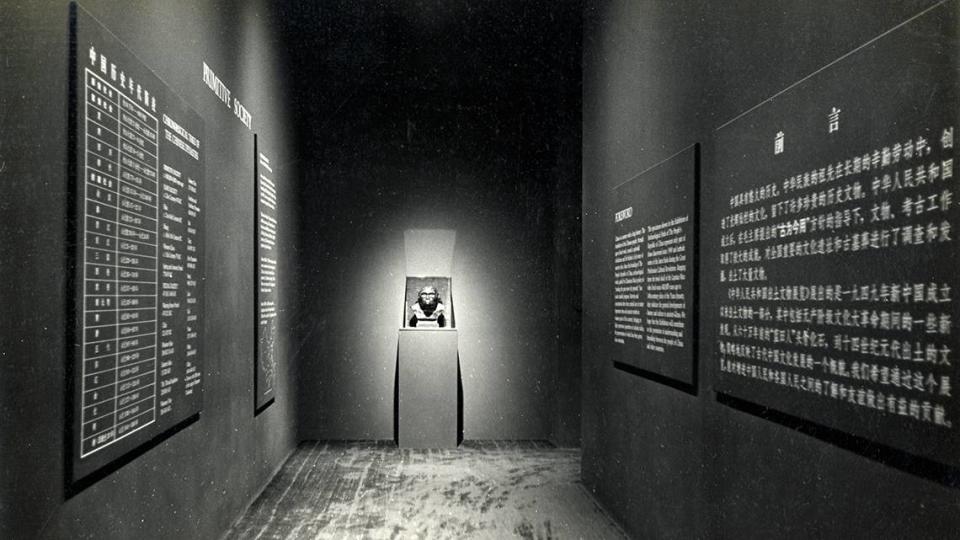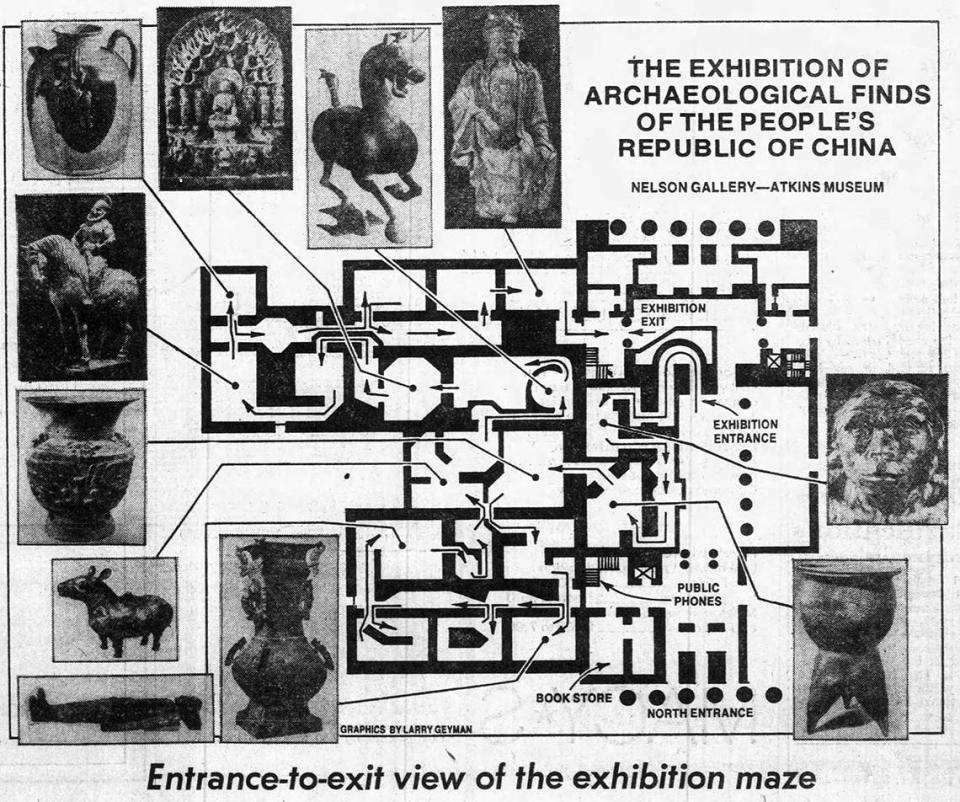The Nelson-Atkins Museum has a long history of Chinese art excellence in Kansas City | Opinion
- Oops!Something went wrong.Please try again later.
Kansas City’s most important cultural institution, the Nelson-Atkins Museum of Art, celebrated its 90th anniversary in December. The celebration will continue through 2024.
It’s a good time, then, to celebrate the museum’s acclaimed collection of Chinese art and remember one of the most important events in its history: the exhibition “Archaeological Finds of the People’s Republic of China,” which debuted in 1974 at the National Gallery of Art in Washington, D.C., before coming to the Nelson-Atkins the next year.
Almost 50 years later, I well remember being rendered speechless by that announcement. I had focused my university studies in Chinese politics and history and was in my first year of law school. The “Archaeological Finds” exhibition would come to my hometown, to the Nelson-Atkins? I was ecstatic.
The agreement authorizing the show, which explicitly referred to the “American side” and the “Chinese side,” was signed at a time when the United States did not officially recognize the People’s Republic of China. That’s why the then-chief of the Liaison Office of the United States of America to China — future President George H.W. Bush — executed the agreement for the “American side.”
There was good reason Kansas City was one of just two cities in the United States initially chosen to show the exhibition. Laurence Sickman, the Nelson-Atkins’ director, had acquired an international reputation for his knowledge of Chinese art and culture. He started building that reputation in the early 1930s when he first arrived in China as a young man working on a Harvard graduate fellowship.
Sickman had been a student of Langdon Warner at Harvard. In 1931, Warner was advising the trustees of the Nelson-Atkins, which would not open until 1933, on Asian art. Warner recruited Sickman to assist him in purchasing art.
In a Dec. 27, 1931, letter to Nelson-Atkins trustee J.C. Nichols, Sickman wrote: “From the time when Mr. Warner arrived, and I had the pleasure of going about with him in Peking, I have been deeply interested in the Kansas City Museum. Consequently, I am delighted with the opportunity to do what I can to build up the collection of Chinese art.”
When Warner returned to the United States, Sickman continued to consult with him, but he was largely on his own in identifying artworks that the Nelson-Atkins trustees might want to purchase.

Adding to an impressive collection
A search of documents and correspondence in the Nelson-Atkins archives shows that Sickman was relentless. In November 1932, Sickman typed a three-page, single-spaced letter to Nichols describing textiles, rugs, pottery and paintings that might be purchased. He expressed “regret” that he had incurred “a slight deficit” in acquiring art for the museum.
An August 1933 invoice shows that Sickman purchased a “painting of lady with flute.” That painting, “Precious Concubine Yang with Flute in a Pavilion,” is now on view in the museum’s featured exhibition, “Glamorous Women: Gender and Fashion in Chinese Art.”
In a six-page Aug. 24, 1933, letter, Sickman advised Paul Gardner, the first director of the Nelson-Atkins, that he had acquired “a set of four rather large, 24” T’ang tomb figures.” The museum would win renown over the years for its collection of such figures.
The museum issued Sickman a receipt in August 1934 showing that 18 objects he had purchased had been received. One of those was described as a “three storied Han house.” That piece, “Three-storied Watchtower,” made some 2,000 years ago, can be seen today in the museum’s Chinese galleries.
Sickman was tireless. In her book “The Nelson-Atkins Museum of Art: A History,” Kristie Wolferman reports that in 1933, 1934 and 1935, “Sickman sent crate after crate of Chinese art objects to the Nelson-Atkins.” Those objects included the museum treasures “Guanyin of the Southern Sea” and “Ritual Disc with Dragon Motifs.”
In ensuing years, Sickman was highly respected for saving Chinese art that otherwise might have been lost during economic upheaval and war, and for promoting Chinese art at the Nelson-Atkins, where he served as director from 1953 to 1977. He is credited with building one of the world’s finest collections of Chinese art there.
It made sense, then, that Chinese officials decided that “Archaeological Finds of the People’s Republic of China” should open at the Nelson-Atkins on April 20, 1975, after its stay at the National Gallery.
Enormous crowds — almost 270,000 visitors — saw the exhibition before it closed on June 8. The Nelson-Atkins won praise for the way it displayed the art. A representative of the Chinese Culture Foundation of San Francisco, the third city added to show the exhibition, wrote to Sickman and advised that they had heard that the “installation of the show at Kansas City had exceeded that of Washington, D.C.”
As the Nelson-Atkins celebrates its 90th year, it’s important to remember the 1975 exhibition, visit the fabulous collection of Chinese art at the museum, and honor the great work Laurence Sickman did over many years to deeply enrich life in Kansas City.
Fred Logan is a lawyer in Prairie Village.


